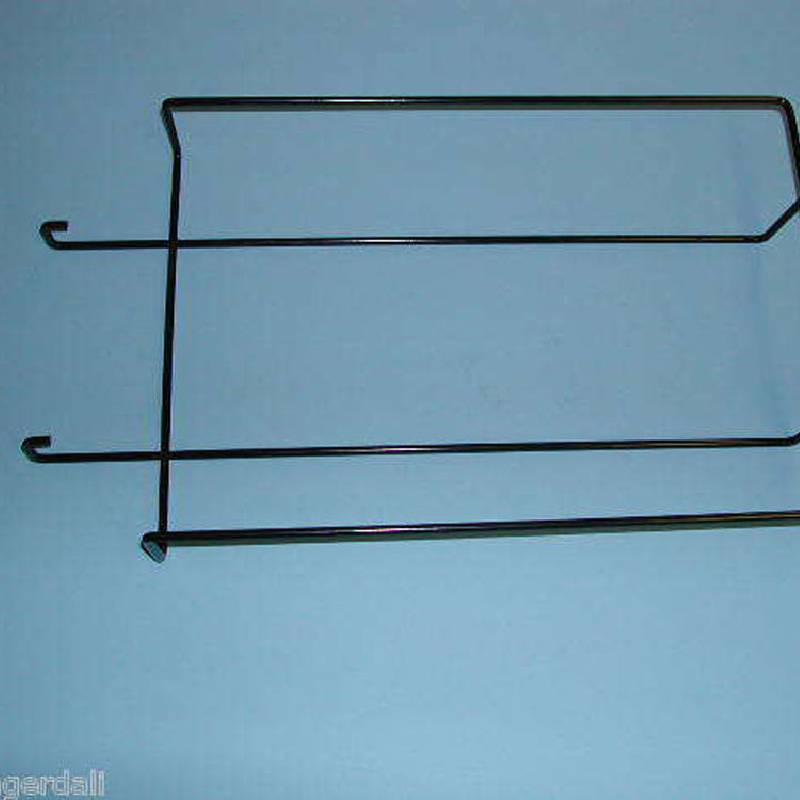
- Mobile Phone
- +8613931874955
- sales@cntcmetal.com
flat rib metal lath
Understanding Flat Rib Metal Lath A Comprehensive Overview
Flat rib metal lath is a versatile building material widely used in the construction and renovation industries. Its design, characterized by evenly spaced ribs, enhances the mechanical performance of the lath while providing a robust foundation for plaster and stucco applications. This article explores the features, benefits, and applications of flat rib metal lath, making it an essential element in modern construction.
Features of Flat Rib Metal Lath
Flat rib metal lath is typically made from galvanized steel or stainless steel, ensuring durability and resistance to corrosion. The flat rib design offers several advantages over traditional metal lath. The ribs provide increased rigidity, making it less prone to deformation under stress. Moreover, the flat surface allows for superior adhesion of plaster or stucco, ensuring a long-lasting finish. The standard dimensions of flat rib metal lath usually include sheets measuring 27 inches by 96 inches, with rib spacing allowing for optimal plaster application.
Benefits of Using Flat Rib Metal Lath
One of the primary benefits of using flat rib metal lath is its lightweight nature, which makes it easier to handle and install compared to heavier materials
. This characteristic can significantly reduce labor costs and installation time, making it a cost-effective choice for builders and contractors. Additionally, the corrosion-resistant properties of galvanized steel ensure the longevity of the material, reducing the need for replacements or repairs over time.flat rib metal lath

The design of flat rib metal lath also contributes to its strength. The ribs create a mechanical bond with the plaster material, enhancing its resistance to cracking and damage. This durability is particularly important in areas subject to vibration or movement, making flat rib metal lath an ideal choice for ceiling installations and exterior walls.
Applications in Construction
Flat rib metal lath is extensively used in various construction applications. One of its primary uses is in the application of stucco, where it acts as a base over wood or metal framing. This allows for a stable surface that helps achieve a beautiful and uniform finish. In addition to stucco, flat rib metal lath is commonly used for interior plastering, providing a secure backing that supports the weight of the plaster while allowing for adequate air circulation to prevent moisture buildup.
Moreover, flat rib metal lath is beneficial for soundproofing and fire-resistant applications. Its metal composition helps to create a barrier against sound transmission, making it an excellent choice for buildings requiring acoustic control. Additionally, the use of fire-resistant materials is essential in many construction projects, and metal lath contributes to fire safety by providing non-combustible support for plaster applications.
Conclusion
In summary, flat rib metal lath is an essential material in modern construction, offering durability, strength, and versatility. Its unique design not only enhances the performance of plaster and stucco applications but also contributes to the longevity of the structures where it is utilized. As the construction industry continues to evolve, the demand for reliable and efficient materials like flat rib metal lath remains strong, ensuring its place in future building projects. Whether for residential, commercial, or industrial applications, flat rib metal lath proves to be a dependable choice for achieving high-quality finishes and structural integrity.
share:
-
Your Source for Concrete Wall Ties and Masonry AccessoriesNewsJul.10,2025
-
Unlocking the Power of Iron Wire for Every ProjectNewsJul.10,2025
-
Explore Advanced Chain Wire and Stainless Steel Mesh FencingNewsJul.10,2025
-
Discover the Benefits of Annealed Wire ProductsNewsJul.10,2025
-
Discover China Stainless Steel Wire Mesh SolutionsNewsJul.10,2025
-
Build with Confidence Using High-Performance Masonry AccessoriesNewsJul.10,2025
-
Why Sacrificial Formwork Is Redefining Underground ConstructionNewsJun.06,2025



















